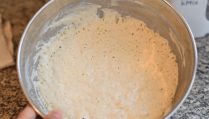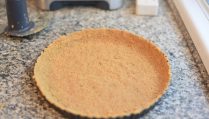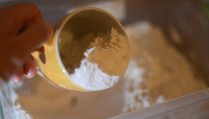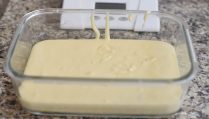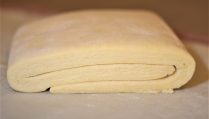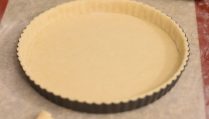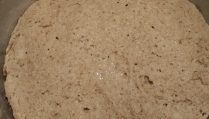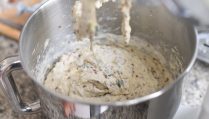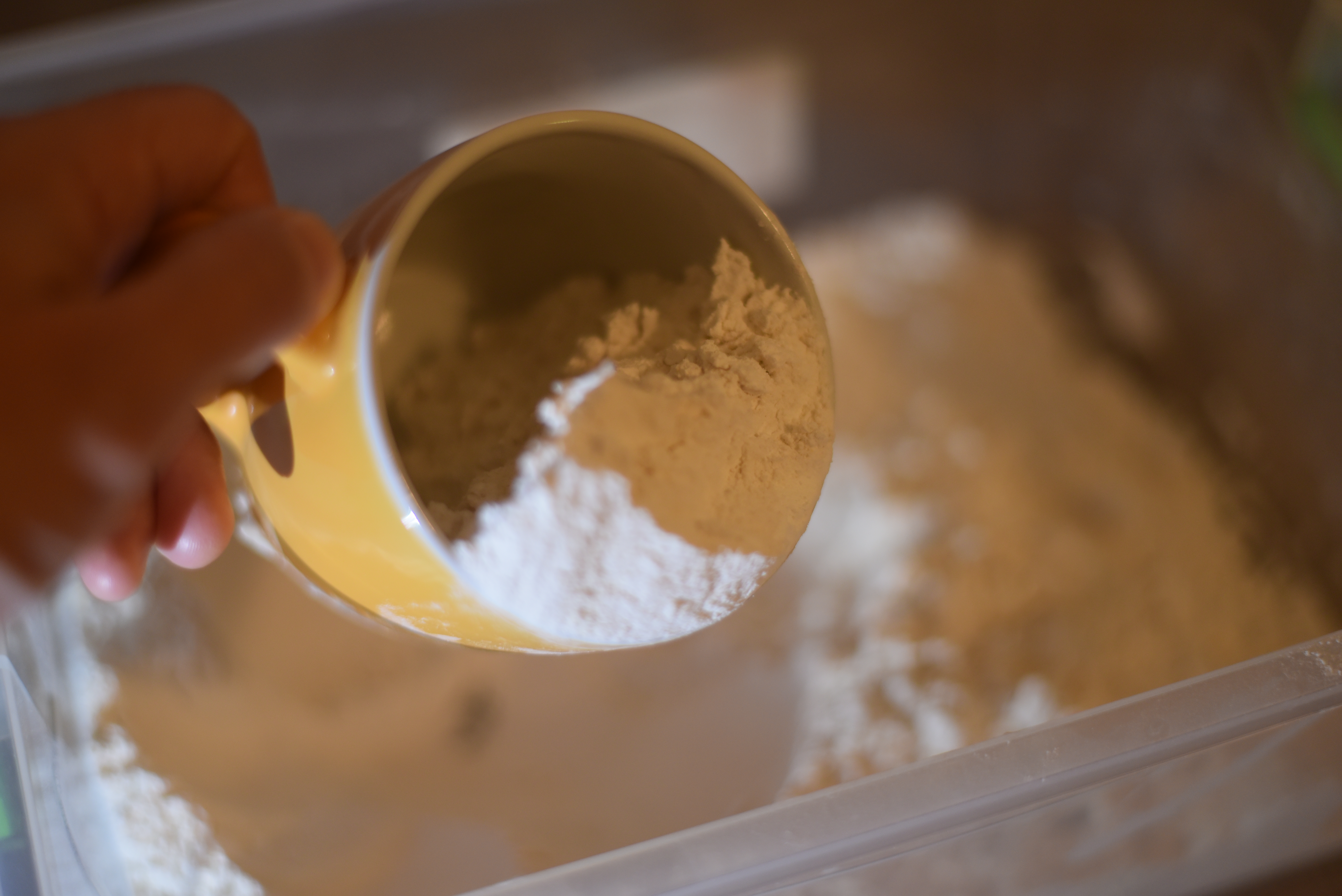I started making breads with Gluten free flour mixture because of a diet group my mom was participating in.
The first few times I made breads with the GF flour were with a store-bought Cup-for-Cup flour mix, it was OK but nothing more than that.
I immediately started experimenting and reading GF blogs over the net for a better flour blend, I mean, it can’t be that all GF blends are cornstarch in very high percentage plus a few minor amounts of flour types.
I came up with a few blends that at the end of the day delivered a cup-for-cup solution for my GF bread and to all baking with non-gluten flours.
So, what is Gluten anyway?
Gluten consist of two major proteins, Gliadin and Glutenin, each has its own role in making the Gluten protein the most important protein in baking.
The Gliadin is sticky and flexible, this is the source of the dough’s elasticity. The Glutenin adds the strength to the dough to hold its shape, together they form the Gluten.
wheat flour has the ability to absorb liquids and transforms it into gel, this gel will determine the dough’s structure, it will be in the form of elastic strings that can stretch, this will determine the texture of the cake/ bread or whatever we are trying to bake.
Baking time
So, I understand that Gluten is calling the shots in regards to the texture and elasticity of the batter however, baking consists of more factors in the process of generating a stable structure.
The heat produced in the oven is causing dehydration of liquids in the dough, making the starch granules to grow and thicken, as a result of this heat new bonds form up with water molecules.
The final step is when inner temperature reached 80°c/165°F the proteins solidify and the structure and texture of our pastry is set.
Gluten Free flour functionality
So back to our main subject, how can gluten free flour substitute the gluten structure which is so important in any pastry, bread or cake? the answer is simple, just bring back to the flour mix all the elements it has lost.
For example, we need to have enough starches in the mixture to stick together (tapioca, corn flour), we need to have a strong glue in addition to that (xanthan gum) and we need proteins (potato, rice, Hummus and natural fibers).
Building a balanced blend from a variety of flours will allow us to bake good GF breads or cakes and succeed in high ratios, yes, it won’t be same to wheat flour but still it will satisfy your needs for a non-GF bread or pastry.





